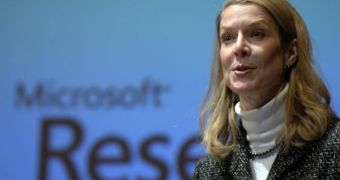Parallel processing and Cloud computing are fostering the evolution of eScience, an emerging field that spans across various areas, from astronomy to database technology, and even to medicine, ecology and social science. The 2008 Microsoft eScience Workshop at Indiana University–Purdue University, Indianapolis, which took place the past week, was the stage where the Redmond company, Indiana University and the IEEE’s International Conference on e-Science emphasized the advancements in terms of eScience, because of the new microchip technology available in combination with distributed architectures and the Cloud.
In this regard, researchers can now leverage not only to new advanced statistic and analytic tools, but also to collaborative infrastructures making information more accessible than ever.
“As researchers we find ourselves in this ‘Fourth Paradigm’ of data-intensive science where we will be able to tackle previously intractable problems,” Tony Hey, corporate vice president of Microsoft External Research, said. “Data is being continuously collected; repositories are being made publicly available; the ability to collaborate online and compute in the cloud is becoming an increasingly accepted model. All of these are having a tremendous impact on science.”
Kristin M. Tolle, Ph.D. chair of the 2008 Microsoft eScience Workshop and senior research program manager at Microsoft External Research, underlined the role played by technological advancements in driving forward eScience, which, in its turn, was responsible with innovations in a variety of disciplines. “Now that we have all the pieces of the puzzle, it is time to unlock the next great scientific breakthroughs,” Tolle commented.
Explaining the increasingly important role of eScience, Tolle pointed out that new tools are driving innovation in biology, genomics, astronomy, physics, medicine, etc. “It is this combination of events that will fire the future of scientific discovery,” Tolle added.
“The workshop was structured so that professionals in those disciplines could mingle with computer scientists. Collaboration agreements were formed, connections made, and science was advanced in an environment of camaraderie. It was a highly successful meeting.”

 14 DAY TRIAL //
14 DAY TRIAL //